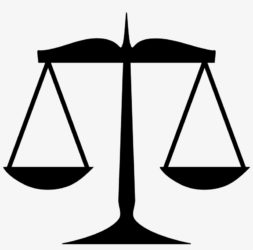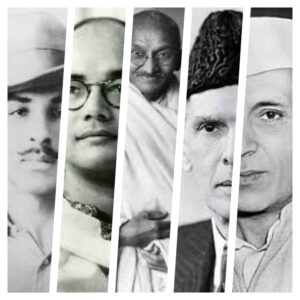To determine which Indian cities might overtake Singapore’s economy, let’s first consider some key economic indicators from Singapore, New York, and San Francisco:
### Singapore
– **GDP**: Approximately $364.2 billion²
– **GDP per capita**: Around $65,000²
– **Key Sectors**: Finance, trade, manufacturing, and technology⁵
### New York City
– **GDP**: Approximately $1.5 trillion⁶
– **GDP per capita**: Around $76,607⁷
– **Key Sectors**: Finance, media, technology, and real estate⁶
### San Francisco
– **GDP**: Approximately $501 billion[^10^]
– **GDP per capita**: Around $119,000[^10^]
– **Key Sectors**: Technology, finance, and tourism¹¹
### Potential Indian Cities
Based on these indicators, here are some Indian cities that have the potential to match or overtake Singapore’s economy:
1. **Mumbai**: Often called the financial capital of India, Mumbai has a diverse economy with strong sectors in finance, entertainment, and manufacturing. The presence of the Bombay Stock Exchange and numerous multinational corporations boosts its economic profile⁶.
2. **Bangalore**: Known as the Silicon Valley of India, Bangalore is a major tech hub with a strong presence of IT companies and startups. The city’s innovation and technology sector contributes significantly to its economy⁶.
3. **Delhi**: As the capital city, Delhi has a diverse economy with strong sectors in services, manufacturing, and retail. Its strategic location and infrastructure make it a key economic center⁶.
4. **Hyderabad**: With a booming IT sector and a growing pharmaceutical industry, Hyderabad is rapidly emerging as an economic powerhouse. The city’s infrastructure and business-friendly policies attract significant investments⁶.
5. **Chennai**: Known for its automobile industry, Chennai also has strong sectors in IT, healthcare, and manufacturing. Its port facilitates significant trade, boosting the city’s economic profile⁶.
### Skyscrapers and Economic Growth
Skyscrapers are often seen as symbols of economic growth and urban development. While the number of skyscrapers alone doesn’t determine economic success, they can reflect a city’s economic health and attractiveness to businesses. Here are some factors to consider:
1. **Infrastructure Development**: Building skyscrapers requires significant investment in infrastructure, including transportation, utilities, and public services. Indian cities need to enhance their infrastructure to support high-rise buildings.
2. **Business Environment**: A favorable business environment, including ease of doing business, regulatory support, and access to capital, is crucial for attracting investments that lead to skyscraper construction.
3. **Real Estate Market**: A strong real estate market with demand for commercial and residential spaces can drive the construction of skyscrapers. Cities like Mumbai and Bangalore already have a growing number of high-rise buildings due to their robust real estate markets.
4. **Urban Planning**: Effective urban planning and zoning regulations are essential to accommodate skyscrapers without causing congestion and other urban issues.
### Estimating the Number of Skyscrapers
While it’s challenging to provide an exact number of skyscrapers needed, we can look at some benchmarks:
– **Singapore**: Has around 200 skyscrapers¹².
– **New York City**: Has over 300 skyscrapers¹³.
– **San Francisco**: Has around 50 skyscrapers¹⁴.
For Indian cities to match Singapore’s economic profile, they would likely need to develop a similar number of skyscrapers, focusing on creating business districts and commercial hubs that attract global companies.
Singapore’s economic growth over the past 20 years has been driven by several key areas and landmarks:
These places have collectively contributed to Singapore’s robust economic growth by enhancing tourism, trade, manufacturing, and innovation.
Over the past 20 years, several key places in New York City have significantly contributed to its economic growth:



